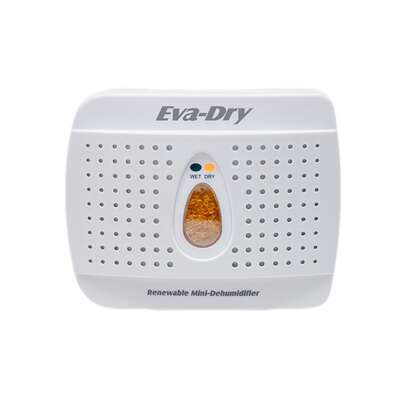3DPrinting
3DPrinting is a place where makers of all skill levels and walks of life can learn about and discuss 3D printing and development of 3D printed parts and devices.
The r/functionalprint community is now located at: [email protected] or [email protected]
There are CAD communities available at: [email protected] or [email protected]
Rules
-
No bigotry - including racism, sexism, ableism, homophobia, transphobia, or xenophobia. Code of Conduct.
-
Be respectful, especially when disagreeing. Everyone should feel welcome here.
-
No porn (NSFW prints are acceptable but must be marked NSFW)
-
No Ads / Spamming / Guerrilla Marketing
-
Do not create links to reddit
-
If you see an issue please flag it
-
No guns
-
No injury gore posts
If you need an easy way to host pictures, https://catbox.moe/ may be an option. Be ethical about what you post and donate if you are able or use this a lot. It is just an individual hosting content, not a company. The image embedding syntax for Lemmy is 
Moderation policy: Light, mostly invisible
view the rest of the comments

FYI AFAIK desiccants don’t actually dry out the filament, they just prevent it from getting any wetter. To truly dry it, you could get a filament dehydrator or use a modified food dehydrator (among other options).
With that said, you might be able to use those, personally I’d just recommend collecting those “do not eat” packets that come with things and throwing those into your drybox.
They’re usually just little cloth packages of desiccant beads.
Personally, I store my filament in ziplock bags with a couple of those packets and it seems to work well for the most part. I also have a dehydrator (modified food dehydrator) though, which I use on filaments that were left out.